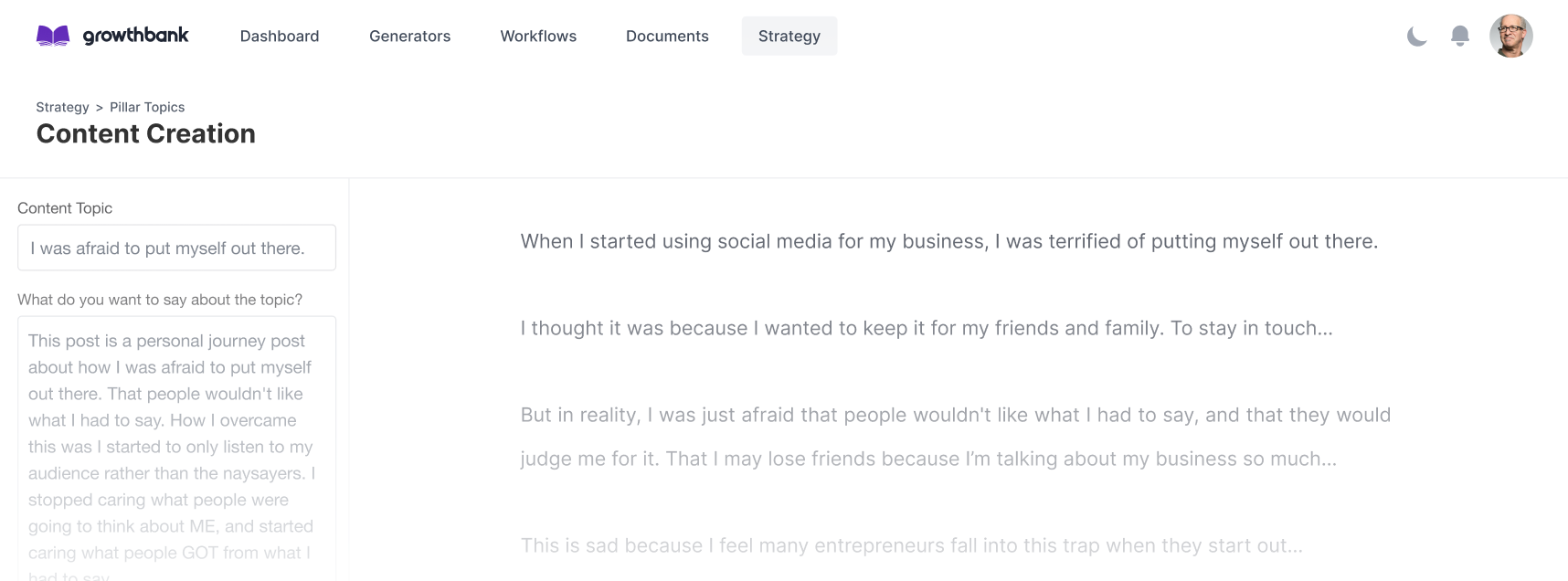
If you're interested in making money from your blog, then this article will give you some ideas on how to start earning cash online.
Email marketing is an effective way to reach customers and prospects. It's also a great way to build relationships with current clients. This article will teach you how to use email marketing effectively.
A good subject line will grab attention and encourage recipients to open your message. It's also helpful to use an emotional trigger word (like "urgent" or "important") to make readers feel more compelled to read your message.
The best way to create a compelling subject line is to think about what makes your content unique. For example, if you're writing about a new product launch, you might want to write something like "New Product Launch:" instead of "Product Launch." Or, if you're sending out a newsletter, you could say "Weekly Newsletter:" instead of "Newsletter:."
The most important thing to remember when creating a compelling subject line is that it should be short. You don't want to waste people's time reading a long subject line. In fact, according to research from MailChimp, the average person reads less than 50 characters per second. That means you'll lose people before they've had a chance to read your entire subject line.
Don't make your readers work too hard to find what they're looking for. Keep your messages short and sweet. People will appreciate it when you take the time to write an effective message.
The best emails are concise and to the point. If you want to get people's attention, keep your subject line short and sweet. You should include a call to action at the end of your email. For example, if you're sending an offer, ask them to click on a link to learn more.
When writing your email copy, be sure to use a conversational tone. Don't write like you're talking to a friend; instead, try to sound friendly and approachable. Include a few sentences that explain why you're reaching out to them. And remember to proofread before hitting send.
You should also include calls to action at the end of each email. This means that you need to tell people what to do next after reading your email. If you're sending out newsletters, you might ask them to subscribe to your newsletter or follow you on social media. If you're sending emails with links to web pages, you might ask them to click through to those pages.
The best call to actions are ones that are specific and relevant to your audience. For example, if you're sending out a newsletter to subscribers, you could say something like "Click here to download our free guide." Or if you're sending out an email promoting a sale, you could say something simple like "Buy now!"
If you want to get people to take action, be sure to include calls to action in your emails. These are words or phrases that prompt recipients to click on links, fill out forms, or buy products. You can use them at the end of paragraphs, in headlines, or anywhere else you'd like. Just remember to keep them short and sweet.
You should send emails when people are ready to receive them. If you send too many emails too often, people might unsubscribe. On the other hand, if you send too few emails, people won't see your messages.
The best time to send emails depends on what you're trying to accomplish. For example, if you want to get new subscribers, then sending emails during the day is better than sending them at night. However, if you want to keep existing customers engaged, then sending emails at night is better.
If you want to increase the chances of getting a response from your audience, then you should consider sending emails at different times throughout the day. Sending emails at different times allows people to receive your messages at different times of the day, which increases the likelihood that they'll open your message.
If you want to get people to open your emails, you should try to create a sense of immediacy. The best way to do this is to use words that suggest that there's something urgent happening right now. For example, if you're offering a special deal, you could say things like "last chance" or "limited-time offer".
You can also use phrases like "urgent", "important", "time sensitive", and "must act now." These words imply that what you're sending is important and that you expect recipients to take action immediately.
Creating a sense of urgency is a great way to get people to take action. However, you need to be careful not to overdo it. If you use too much urgency, people might think you're trying to scam them.
When you're writing your emails, you should always keep your messages clear and concise. That means you should avoid using jargon, long paragraphs, and big words. Instead, use simple language that's easy to understand.
It's also important to format your text so that it's easy to read. Use short paragraphs, bullet points, and plenty of white space. This will help people scan your messages quickly and easily.
You should also avoid using too many images in your emails. While pictures can be helpful, they can also make your message difficult to read. If you must use images, be sure to include alt text so that people can still understand your message even if the images don't load.
When you're designing your emails, you should always keep your audience in mind. That means you should design emails that are attractive and easy to read. You may even want to consider using some of the latest technology in email marketing.
For example, you can now create "responsive" emails that look great on both desktop and mobile devices. You can also use "retina" images that look sharp on high-resolution screens. And you can even include videos in your emails.
If you want to design attractive emails, then you need to use the right tools. There are a number of great email marketing platforms that make it easy to create beautiful, responsive emails.
While images can be helpful, you should use them sparingly. That's because images can make your messages difficult to read. In addition, many email providers block images by default. So, if you're relying on images to get your message across, you might be disappointed.
Instead of using images, you should focus on using clear and concise text. This will help ensure that your messages are easy to read and understand.
If you do decide to use images, be sure to include alt text. This is the text that appears in place of images if they don't load. Alt text is also read by screen readers, so it's helpful for people who are visually impaired.
Before you send your emails, you should always proofread them. This will help ensure that your messages are free of typos and grammatical errors. It's also a good idea to have someone else proofread your emails before you send them.
You can use spell check to help you find typos. However, keep in mind that spell check won't catch everything. So, it's still a good idea to have someone else proofread your emails.
When proofreading your emails, be sure to look for more than just typos. You should also check for clarity and grammar. Make sure that your messages are easy to understand and free of errors.
Before you send your emails to your entire list, you should always test them first. This will help you find any errors in your message. It will also help you see how your message looks on different devices and in different email programs.
You can use an email marketing platform to send test emails. Or, you can send test emails to yourself. Just be sure to proofread your messages before you send them.
Email marketing is an effective way to reach customers and prospects. By following the tips in this article, you can make sure that your email marketing strategy is effective and gets the results you want.

If you're interested in making money from your blog, then this article will give you some ideas on how to start earning cash online.

Are you tired of writing dull, uninspiring headlines that fail to grab readers' attention? If so, you're not alone. In today's fast-paced world, it can be tough to stand...
If you want to see what it's like to write with GrowthBank, sign up for our private beta and save 20 or more hours every week.
